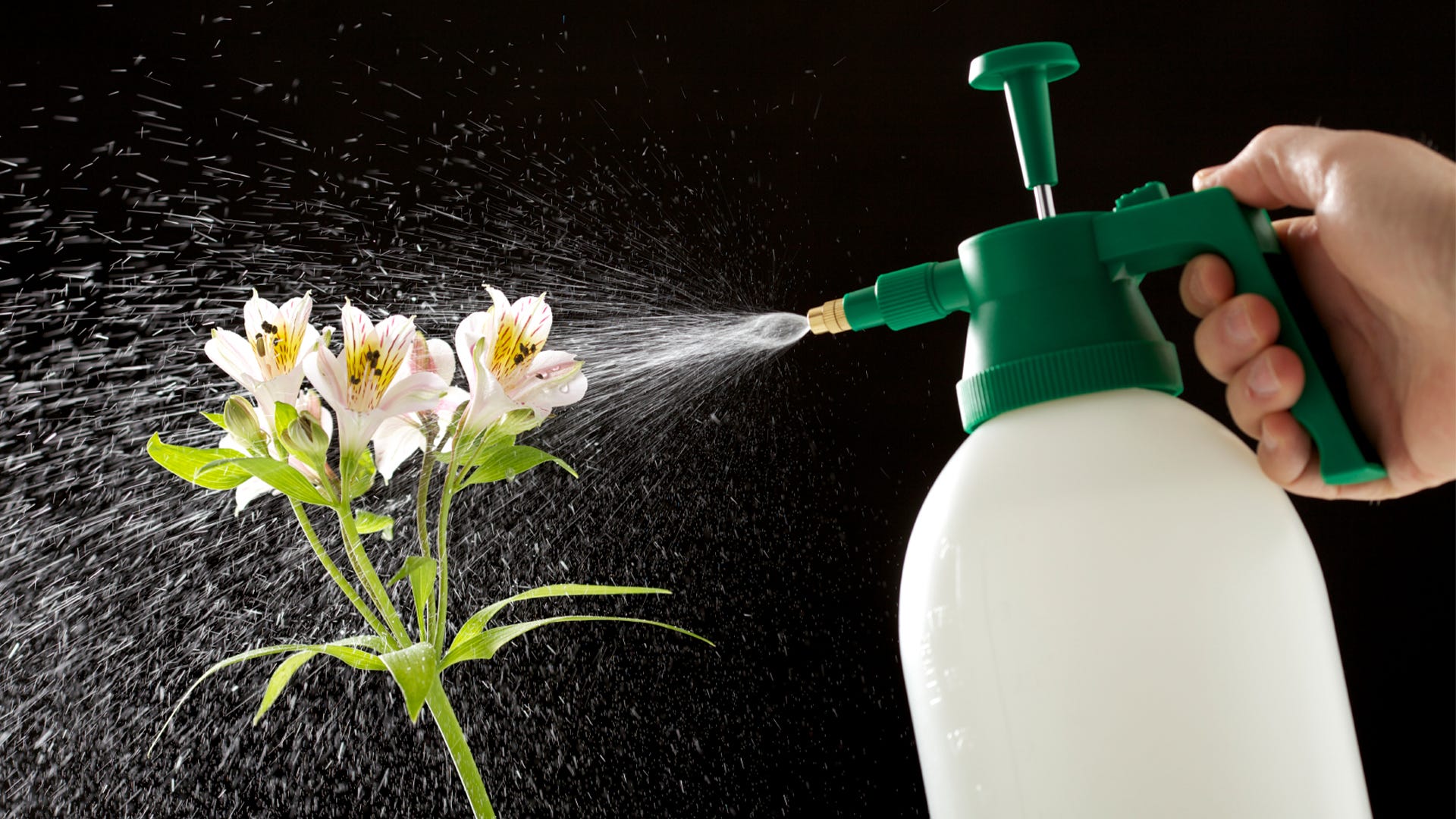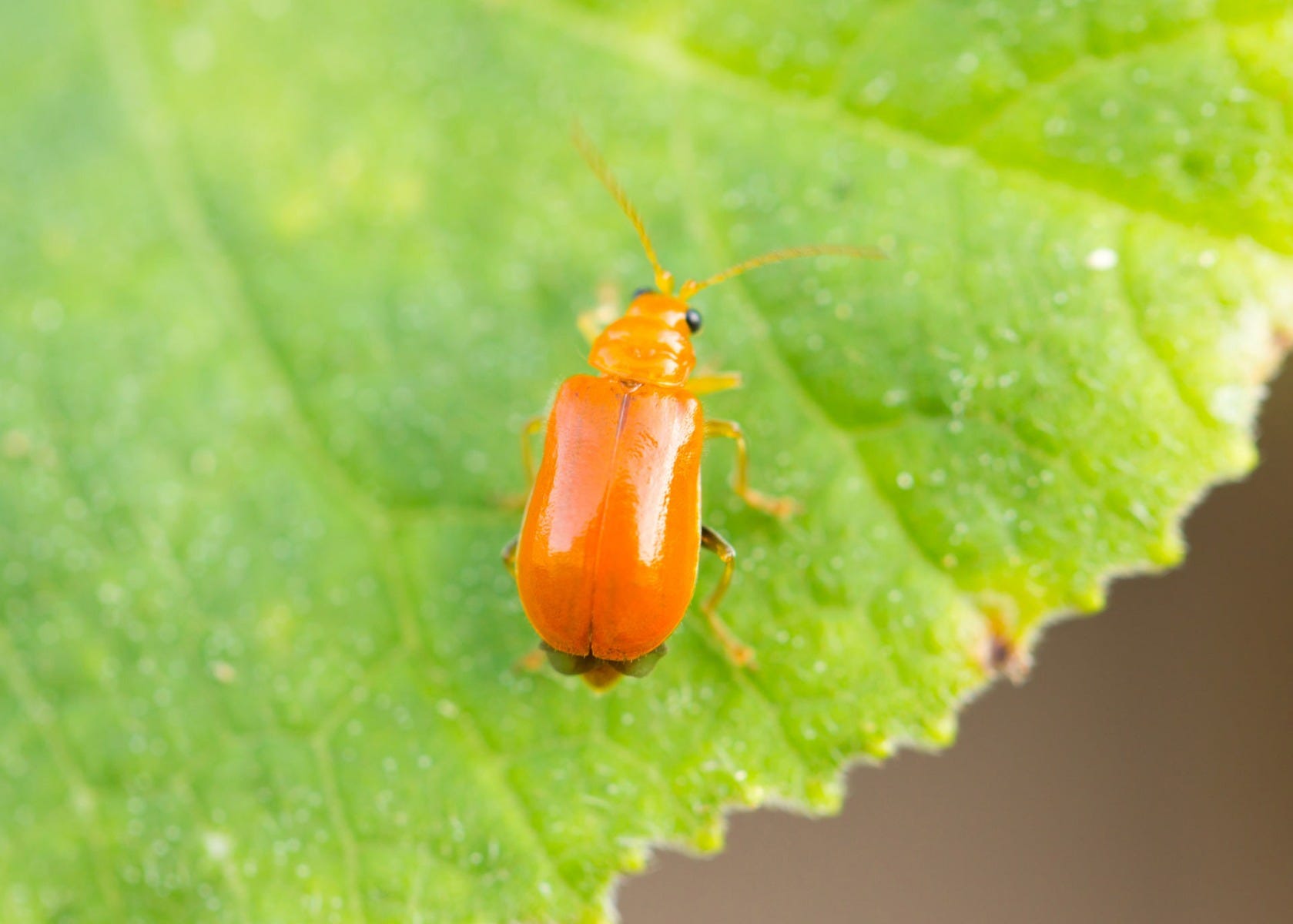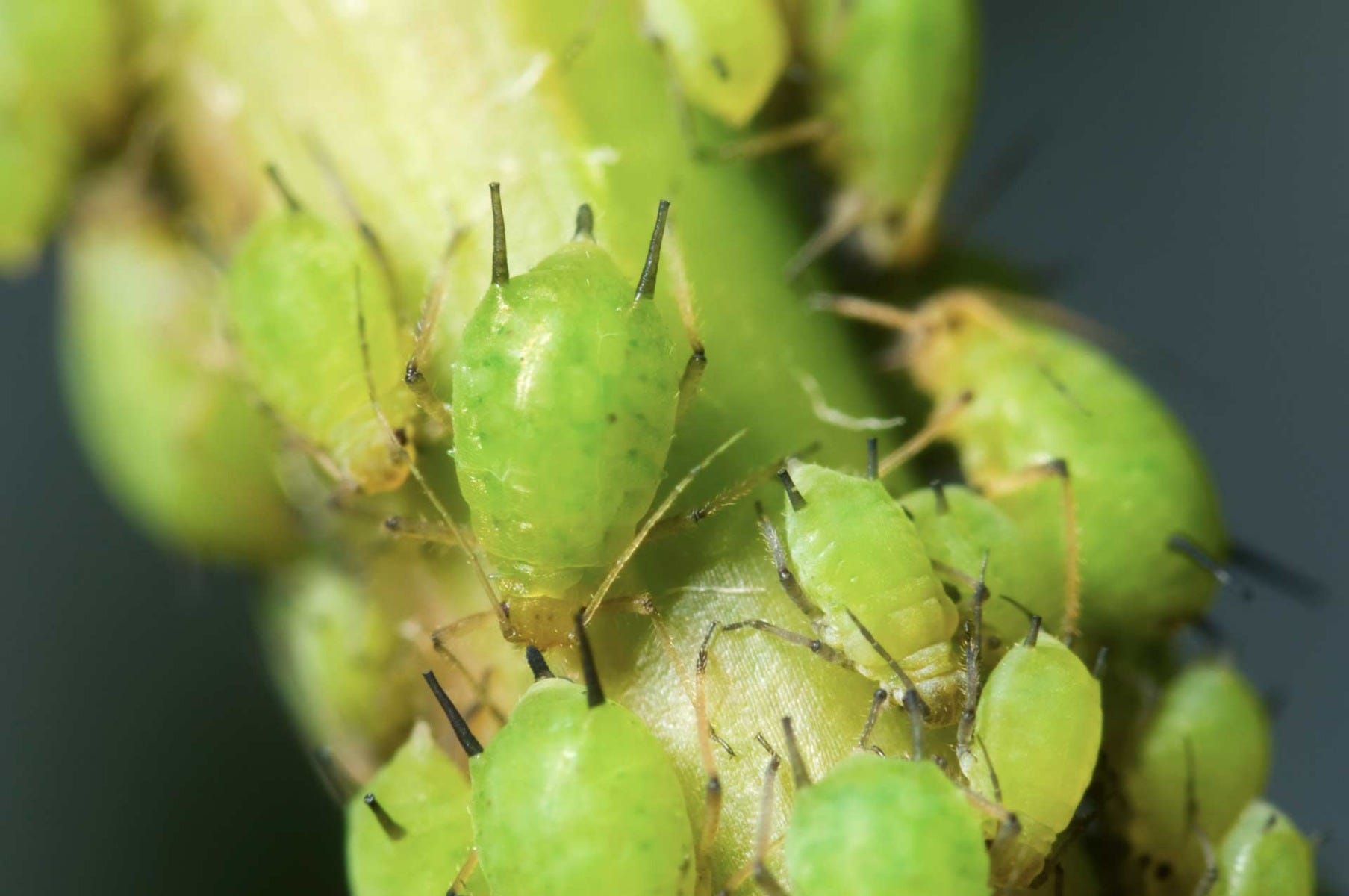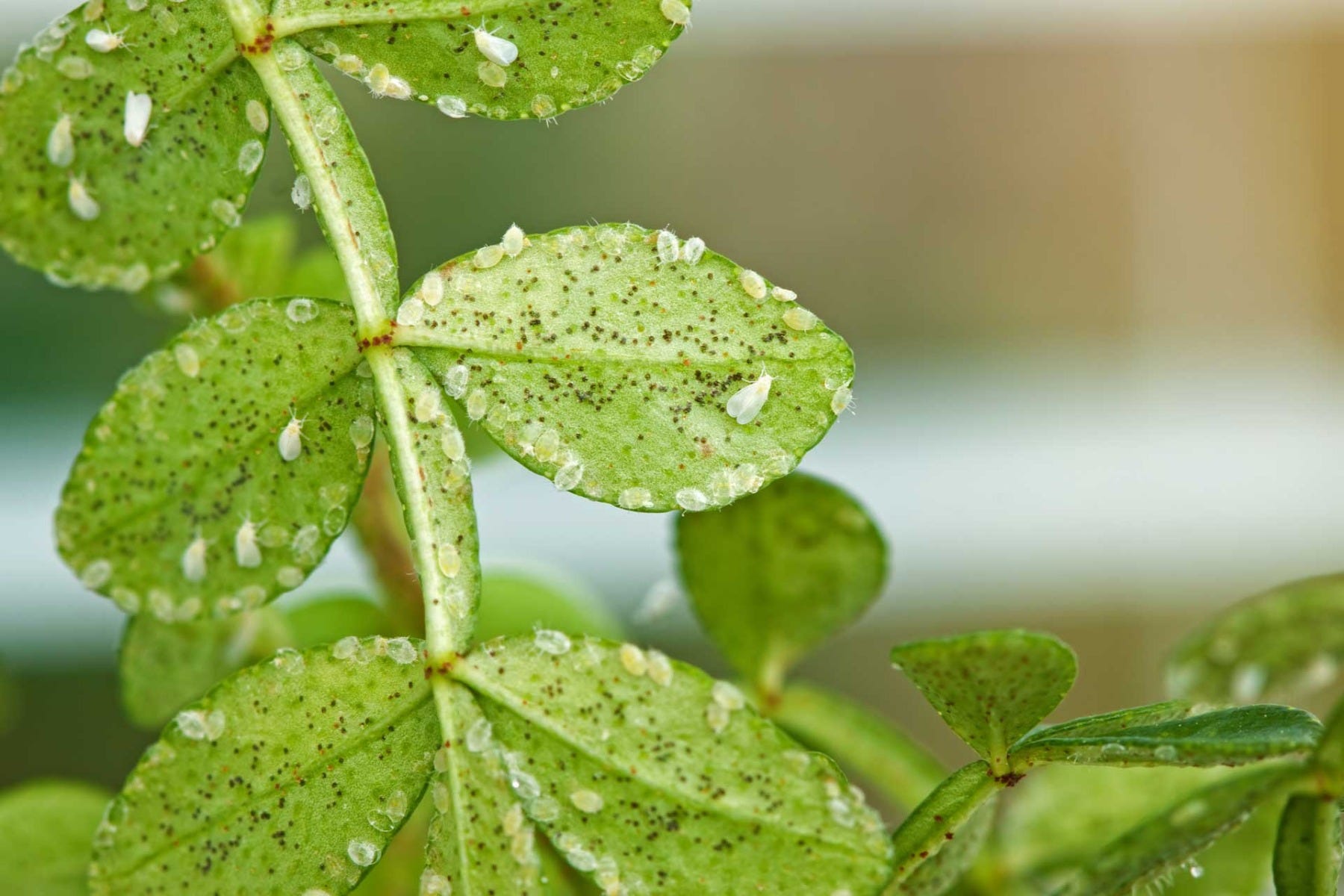
An indoor garden might seem secure from outside pests, but four-winged insects often find their way into grow rooms and can do significant damage to your crops. These little destructive bugs suck sap from plant stems, dehydrate leaves, disfigure flower buds, and create conditions that allow fungi or diseases to become established on your plants.
Worst of all, they reproduce quickly, unleashing new generations of voracious nymphs to feed on your crops. But there is good news: With a few simple strategies and nontoxic treatments, you can stop these pests and keep your plants growing strong.
White Flies
Signs of trouble: Whiteflies use their piercing mouthparts to suck the sap out of plants, stunting growth and causing leaves to yellow, turn brown and crunchy, and then drop off prematurely.
Whiteflies also excrete sticky honeydew, which fosters the growth of gray, sooty mold fungus on the foliage.
What they look like: Whiteflies are less than 1/10 inch long, have two pairs of wings, and look like tiny white moths when they fly. They can be found on the undersides of leaves and are active during the day when the temperature is warm.
If you brush a plant with a heavy infestation of whiteflies, you will stir up a white cloud of flying insects.
What to do: Sticky traps set up in your indoor garden attract and capture adult whiteflies. To control nymphs and eggs, spray plants with an insecticidal soap mixed with pyrethrin, a natural substance that kills the pests but does not harm people or pets.
Thrips
Signs of trouble: Leaves become brittle and dark, and they crumble. You may see tiny black lines across leaf surfaces, a by-product of the pests’ excretions. Female thrips bore tiny holes in leaves and deposit their eggs in them.
In flowering plants, thrips may live and eat inside buds. Because these insects are so tiny, they may go unnoticed by even the most attentive growers until they reach infestation levels.
What they look like: Adult thrips are less than 1/20 inch long, and they range in color from translucent white to yellowish to black. They have long, narrow wings with fringed edges. Their nymphs, which look similar but lack wings, cause the most damage to plants.
What to do: Gently shaking branches or showering plants with water can remove thrips and their nymphs. For long-term control, spray plants with neem oil concentrate, an all-natural treatment that disrupts the pests’ life cycle by preventing the nymphs from molting, reducing insect feeding, and acting as a repellent.
Fungus Gnats
![Fungus gnat Fungus gnat in garden]()
Signs of trouble: Stunted or slow growth tends to be the first indication of fungus gnats. You may also notice mold on stems and roots. Fungus gnats don’t cause mold, but they are attracted to it. The adults are often seen sitting near plants and on growing media—they have wings but tend not to fly unless they’re threatened.
When you peer closely, you can see blackish sludge on your growing media and even on exposed roots. Those sludge spots are the carcasses of dead fungus gnats, which the larvae feed on. When the young gnats finish feeding on fungi, they start eating roots, especially the short, young, hairlike roots.
What they look like: The adults are black and very tiny (1/8 inch long) with long legs and antennae. They don’t eat, but they lay as many as 200 eggs during their 7- to 10- day life span, typically at the base of plants. The maggots that hatch from the eggs are almost microscopic, with black heads and transparent bodies.
What to do: Sanitation and cleanliness are keys to prevention. Wipe up all spills in your grow room, a humid environment in which fungi may form in any wet spot, attracting the gnats. Also, be sure to remove all pruned or fallen leaves, which can be a host for mildew.
Allow the surface of your media (soil or inert types) to dry out between watering and feeding. Use a sulfur-based fungicide to safely clean your grow room and all parts of your system.
Aphids
Signs of trouble: Look for yellow, disfigured, or curled leaves. Aphids are sap feeders, using their piercing mouthparts to suck the sap out of leaves, stems, buds, flowers, and even roots.
What they look like: These are very small (less than 1/8 inch long) pear-shaped insects with two tubelike structures at the end of their bodies. They may be green, yellow, red, or grayish-white. The adults may have wings, but the nymphs do not. Aphids usually feed in huge numbers with both adults and nymphs feeding on the same plant.
What to do: Control adults and nymphs by spraying infested plants with insecticidal soap or neem oil.
Have You Tried Our Insecticides?
Our insecticides are compliant for use in organic gardening and are effective enough to battle even the toughest of infestations. Head over to our Facebook page to interact with our community, share your photos, get advice, or just show off your knowledge about gardening! Want to learn more about the insects that could be plaguing your garden? Check out our insect library in our Learning Center.




